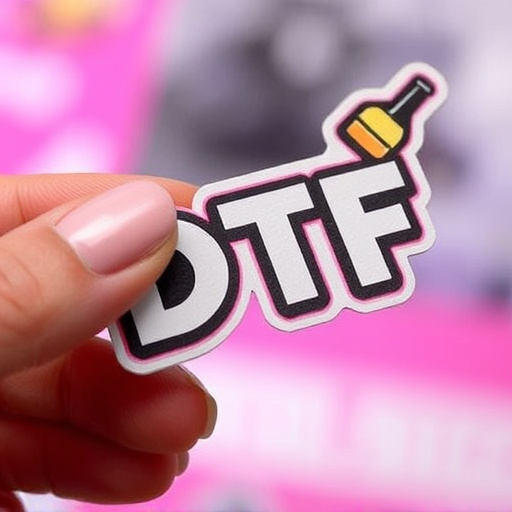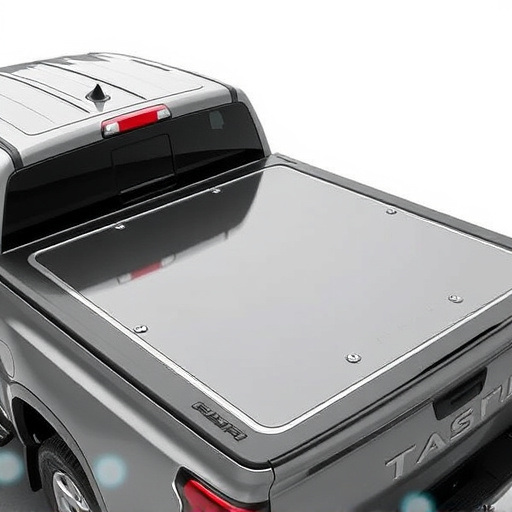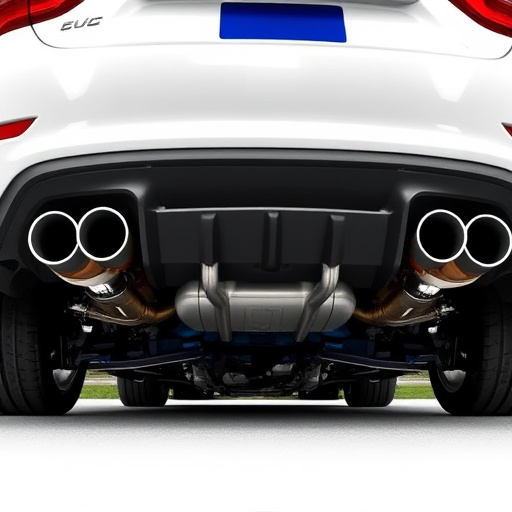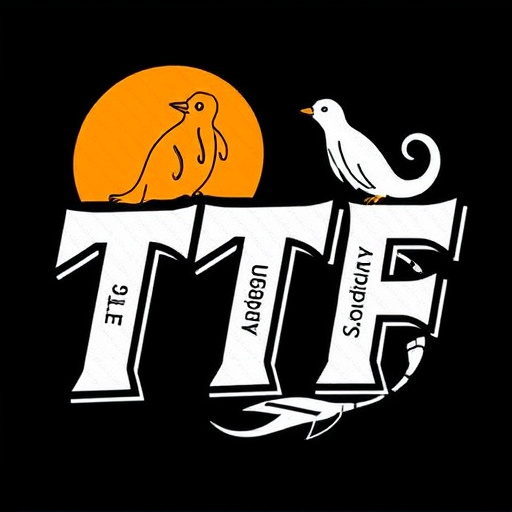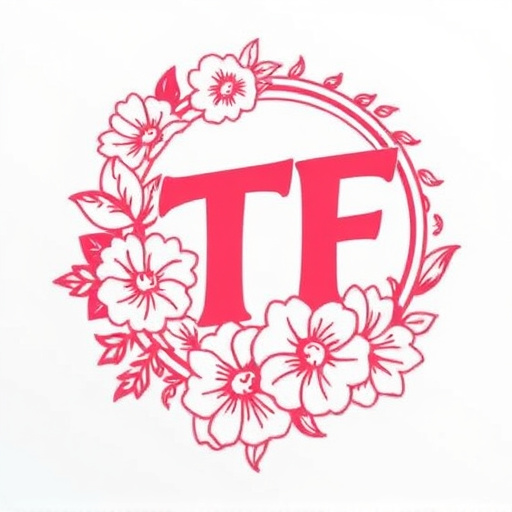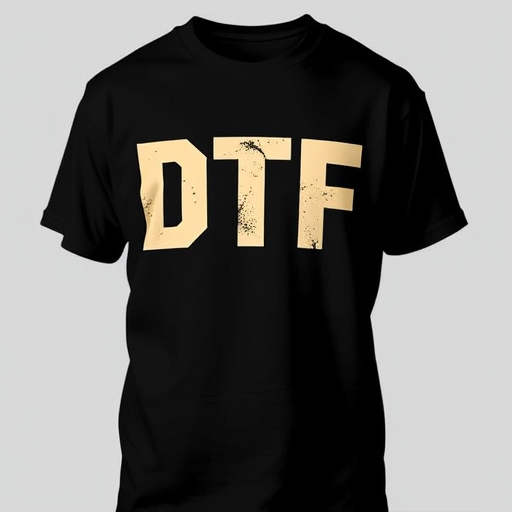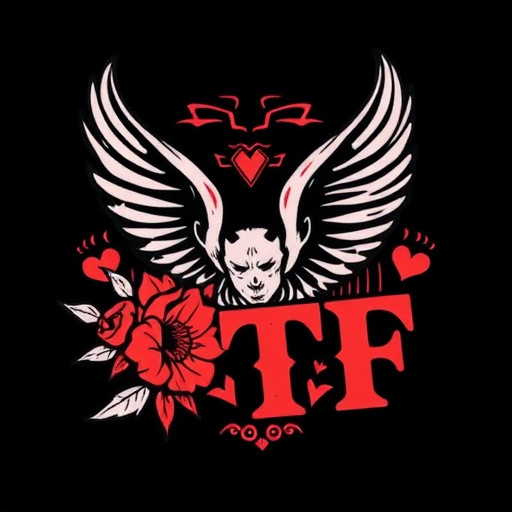DTF (Direct-to-Film) Transfer Printers revolutionize custom apparel production by offering high-quality, versatile printing on various fabrics, including dark ones. Setting up a workspace involves organizing materials and positioning the printer strategically. Integrating a DTF printer into existing workflows streamlines operations for small to medium businesses, enhancing productivity and expanding service offerings. When selecting a model, prioritize precision, ease of use, speed, and versatility to cater to diverse customer demands effectively.
Integrating a DTF (Direct-To-Fabric) transfer printer into your workflow can revolutionize custom apparel and product design. This technology offers fast, high-quality printing on various fabrics, streamlining production processes. In this article, we’ll guide you through understanding DTF transfer printers, preparing your workspace, and seamlessly integrating these printers into your existing workflow. Discover how to leverage DTF for efficient, versatile, and professional results.
- Understanding DTF Transfer Printers and Their Benefits
- Preparing Your Workspace and Materials for Integration
- Implementing DTF Printers into Your Existing Workflow
Understanding DTF Transfer Printers and Their Benefits
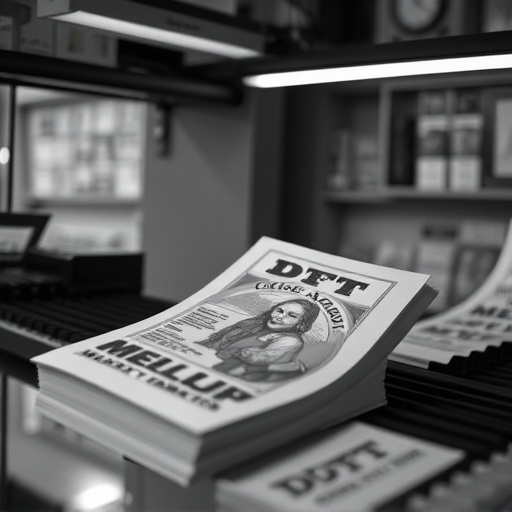
DTF (Direct-to-Film) Transfer Printers are revolutionizing the way custom graphic tees and other products are created. These advanced machines enable precise printing directly onto film, which is then transferred to various materials, including dark fabrics. This technology offers a multitude of benefits for businesses and individuals looking to incorporate unique designs into their workflow.
One of the key advantages of DTF Transfer Printers is their versatility. They can handle a wide range of print jobs, from simple text to complex artwork, ensuring high-quality results every time. Additionally, dtf prints provide excellent color accuracy and vibrant images, making them ideal for creating visually appealing Custom graphic tees. The ability to print on dark fabrics, previously a challenge, is now seamlessly achieved with DTF technology, opening up new design possibilities and catering to diverse customer preferences.
Preparing Your Workspace and Materials for Integration
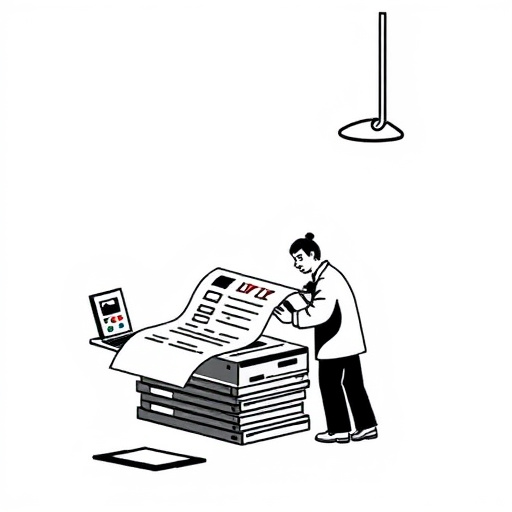
Before integrating a DTF (Direct to Fabric) Transfer Printer into your workflow, preparing your workspace and materials is crucial for seamless operations. Start by allocating a dedicated area in your workshop or production facility, ensuring it’s well-ventilated to accommodate the printing process. Gather all necessary supplies, including high-quality fabric, transfer paper specifically designed for DTF printers, inks, and cleaning tools. Organize these materials in easy-to-reach locations to streamline the printing process.
Consider the layout of your workspace, positioning the printer where it’s accessible but doesn’t interfere with other equipment. Ensure proper lighting to facilitate precise printing and editing. With the right setup, you’ll be ready to create custom T-shirts and other textile products efficiently, opening up new possibilities for design and personalization.
Implementing DTF Printers into Your Existing Workflow
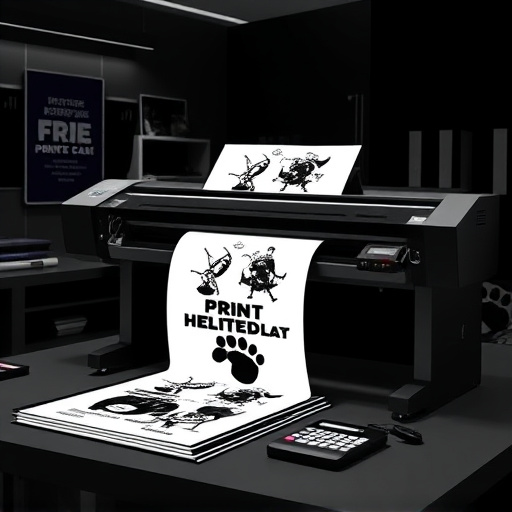
Integrating a DTF (Direct to Fabric) Transfer Printer into your existing workflow can streamline your apparel production process, offering a versatile and efficient solution for small to medium-scale operations. Start by evaluating your current setup; identify areas where DTF printing can enhance productivity, whether it’s for custom designs on t-shirts, hoodies, or other textiles. Many businesses find that DTF printers complement their existing equipment, allowing them to expand their service offerings without significant overhauling.
Consider the specific needs of your apparel business when selecting a DTF printer. Look for models known for their precision, ease of use, and speed, as these factors directly impact production efficiency. The best DTF printers are designed with versatility in mind, accommodating various fabric types and allowing for quick color changes, which is crucial for meeting diverse customer demands. With the right DTF printer, you’ll soon experience a seamless integration that enhances both quality and turnaround time for your dtf printing projects.
Integrating a DTF Transfer Printer into your workflow offers a dynamic leap forward in printing capabilities. By understanding their unique benefits and preparing your workspace accordingly, you can seamlessly incorporate these printers. This article has guided you through the process, from recognizing the advantages of DTF technology to implementing it effectively. With the right setup and a bit of creativity, you’ll soon be producing vibrant, customized designs with ease, opening up new possibilities for your projects.

